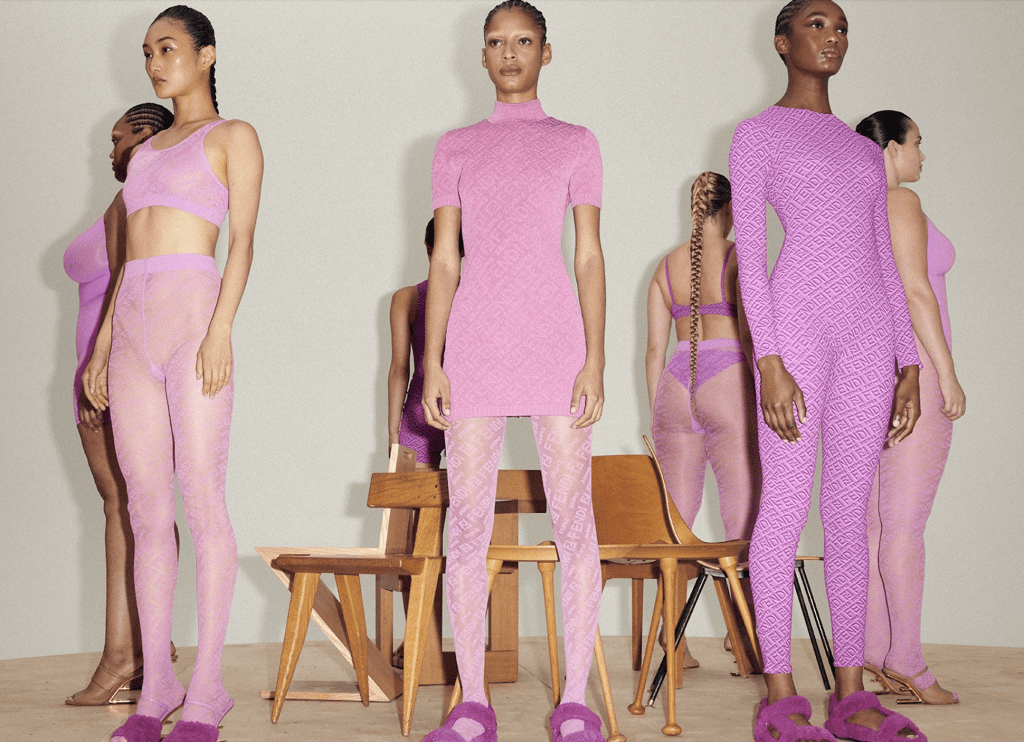The impacts of the pandemic have been far-reaching and trademarks have not been immune. Despite reporting an initial dip in filings early this year, the World Intellectual Property Organization revealed in November that that the COVID-19 pandemic has not stopped companies – including those in the fashion, sportswear, and luxury industries – from offering up new goods and services, and seeking out corresponding trademark registrations (and creating new trademark trends) along the way. Growth in the number of filings amid the pandemic “shows how enterprises across the globe have brought new products and services to the market,” WIPO Director General Daren Tang said last month, noting that “enterprises are finding opportunities to reach customers in new ways and open up new markets.”
In addition to an array of notable new trademark filings that were lodged over the course of the past year and the larger industry and trademark trends that many of them reflect, 2021 was also filled with developments in trademark-specific lawsuits and trademark office proceedings both in the U.S. and internationally that are worth reflecting on. We take a brief look at six of those trademark filings, trends, and proceedings in Part 2 of this two-part series …
1. Chanel Files for the Number 5, Prada Pairs Down its Triangle
As we noted earlier this month, Chanel is aiming to bolster its robust arsenal of world-famous trademark registrations by way of an interesting mark. According to the trademark application for registration that it filed in late November, Chanel is looking to register the number 5 with the U.S. Patent and Trademark Office (“USPTO”) for use on cosmetics. The progression from “Chanel No. 5” to the more simplified number 5 on its own is a practical reflection of Chanel’s varying real-world uses of the mark, as indicated by its application of the number 5 to eyeshadow palettes.

At the same time, the filing and the seeming progression at play significant, as it gives the brand broader rights in the name of its famed fragrance, and thus, the ability to crack down on a bigger pool of infringing uses by others looking to piggyback on the appeal of the Chanel brand, as the brand has done in the past.
This pattern here is also intriguing because Chanel is not the only brand that appears to be looking to bolster its rights in some of its most famous indicators of source in this way. As TFL previously reported, Prada has been angling to expand its rights in its triangle logo, showing pared down versions – including one that strips out the Prada name and the “Milano,” “DAL 1913,” etc. details entirely – in recent seasons, and filing trademark applications for such simplified triangle marks.

2. Huawei Prevails in the Trademark Case Waged Against it by Chanel
Speaking of Chanel, the brand suffered a setback in its trademark fight against Chinese tech behemoth Huawei this year, with the French fashion house looking to halt Huawei’s attempt to register a trademark with the European Union Intellectual Property Office for use on computer hardware and software programs on the basis that the mark is too similar to its famed double “C” logo.
In a decision in April, a panel of judges for EU General Court sided with Huawei, finding that since the respective parties’ marks “must be compared as applied for and registered, without altering their orientation, the figurative marks at issue are not similar.” More specifically, the court held while the marks at issue do “share certain characteristics, namely a black circle, two interlaced curves, which the circle surrounds, also black, intersecting in an inverted mirror image, and a central ellipse, resulting from the intersection of the curves,” the marks are still “visually different” – from “the more rounded shape of the curves” to the “greater thickness of the line of those curves in [Chanel’s] mark as compared with the line of the curves in [Huawei’s] mark.”
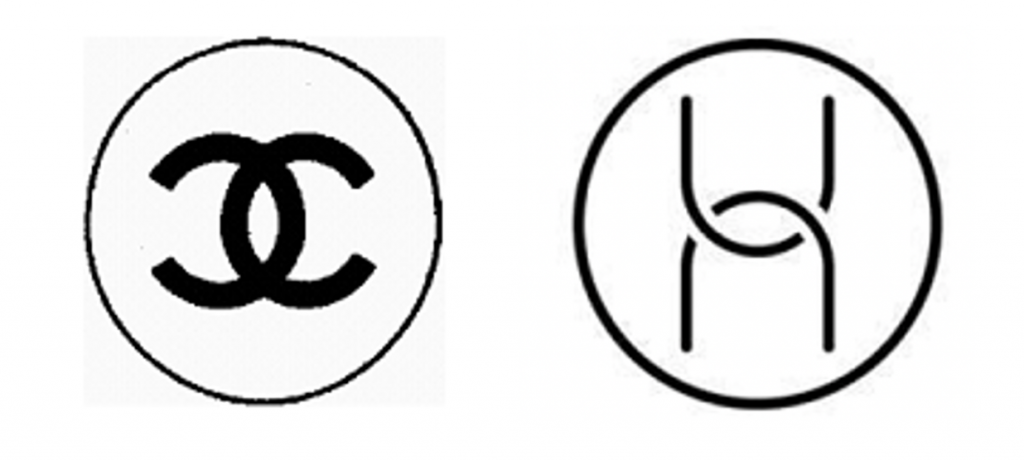
There has not been any news since about whether Chanel will try its hand one last time before the EU’s highest court.
Not Huawei’s only win this year, the Shenzhen, China-headquartered company secured a win in a separate trademark matter before the Beijing Higher People’s Court, which held that the same Huawei mark is not only distinct from Under Armour’s logo, the two companies’ core business operations/offerings – communication, computer, mobile wearable devices, and artificial intelligence versus sportswear and sports equipment – are also different. With that in mind, the court sent the matter back to the China National Intellectual Property Administration in order to resume the registration process.
3. Marc Jacobs, the Ohio State Settle Opposition Fight Over “THE” Trademarks
Marc Jacobs and the Ohio State University (“OSU”) managed to settle a squabble over their respective quests to secure trademark registrations for the word “THE” this year. In a filing with the USPTO’s Trademark Trial and Appeal Board in August, counsel for OSU sought to withdraw the opposition proceeding that it initiated to block Marc Jacobs’ trademark application for registration for “THE” for use on clothing and handbags. According to OSU’s filing, the withdrawal is “subject to the terms of an agreement with Marc Jacobs Trademarks, L.L.C.,” and is being withdrawn without prejudice, leaving the door open for OSU to take similar action again in the future.
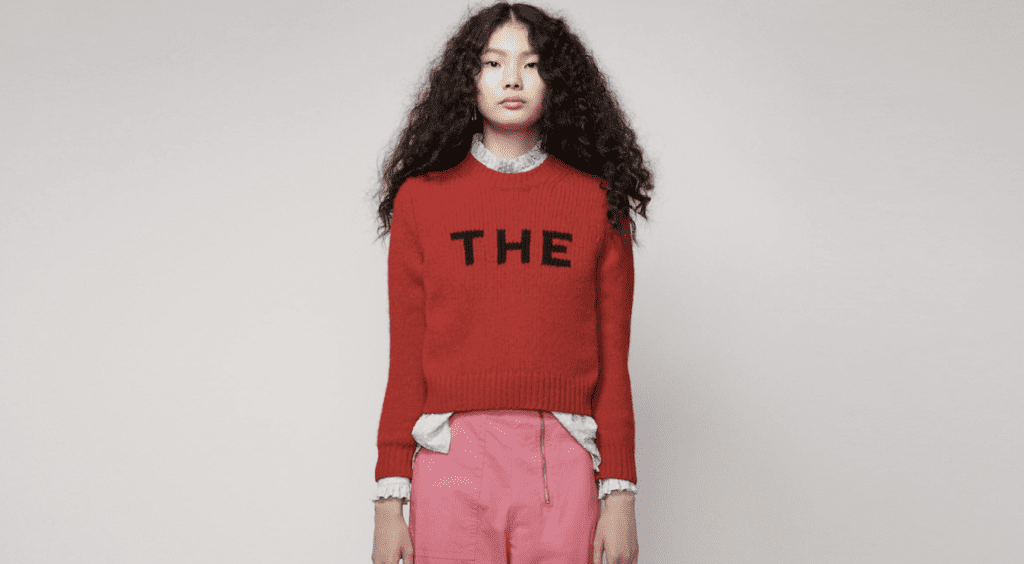
While the parties may have worked out their differences, that does not mean that their marks are shoe-ins for registrations with the USPTO. Marc Jacobs’ application – which the LVMH-owned brand filed in May 2019 – has faced pushback from USPTO, with an examining attorney asserting that Jacobs’ use of “THE” is “merely a decorative or ornamental feature of [the brand’s] clothing and thus, does not function as a trademark to indicate the source of [its] clothing and to identify and distinguish” that clothing from the offerings of other brands. The brand has since been issued a notice of allowance for the mark.
As for OSU, the USPTO sent the school an office action in August, refusing to register the mark because it is “used on the specimen of record” – which shows the applied-for mark “located directly on the upper-center area of the front of the shirt and the front portion of the hat, where ornamental elements often appear” – merely as a “decorative or ornamental feature of applicant’s clothing and thus, does not … indicate the source of applicant’s clothing [or] identify and distinguish applicant’s clothing from others.” Counsel for OSU has not yet responded to the office action.
4. British Financial Services Giant ABRDN Isn’t the Only Co. Dropping Vowels
In another noteworthy trademark development this year, we saw brands playing with their names in furtherance of another one of the trademark trends that has been underway. British asset manager Standard Life Aberdeen made headlines in April when it revealed that it was changing its name to ABRDN PLC, abandoning the letter “e” in what Reuters called a “phone-text fashion as part of a plan to modernize its brand.”
ABRDN’s oddly-spelled new name is not the first of such moves. As we noticed a couple of years ago, a growing number of new – or newly revamped – fashion brands were rolling out unusual monikers for one reason or another, with brands, such as Kassl, CQY (pronounced coy), SVNR (pronounced souvenir), SLVRLAKE, YSTRDYS TMRRW, and GFT, popping up on popular e-commerce sites sans certain vowels. This may be a testament to the fact that the number of brand names and corresponding social media handles, domain names, etc., are somewhat finite, and as some have argued, potentially running out.
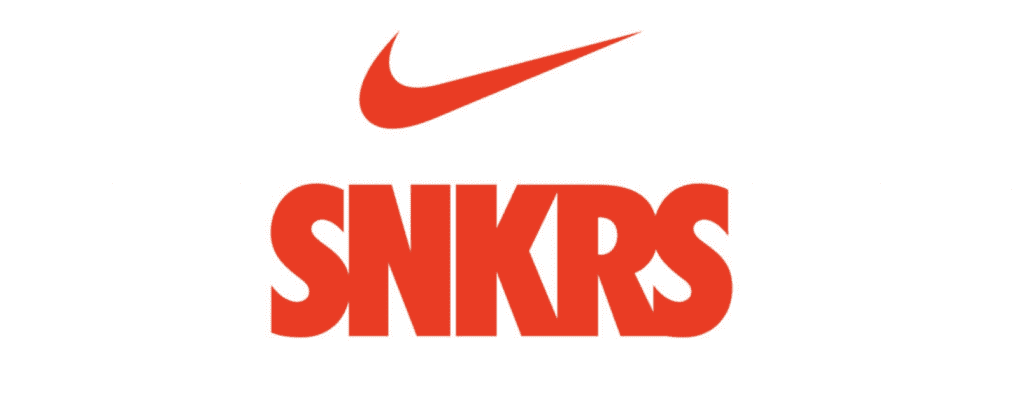
The ABRDN name change is “likely to leave investors feeling dazed and confused,” Laith Khalaf, financial analyst at fund platform AJ Bell told Reuters earlier this year. However, a lack of certain vowels has not stopped the success of companies like “Flickr, Scribd, Grindr and Tumblr.” It also has not stopped other companies from making strides: Nike’s stylization of the word sneakers for its widely-used SNKRS app comes to mind (more about that here), as does VTMNTS, the sister brand that Vetements launched this summer.
Still yet, Chanel interestingly tried to go this route back in 2018, filing a since-abandoned trademark application for registration with the USPTO for CHNL for use on clothing, handbags, jewelry, and eyewear, as did Valentino, which adopted the VLTN mark and successfully registered it with the USPTO for use on an array of goods/services back in 2018.
5. Kim K’s Skims Files Application for “Hims by Skims”
Right around that time that Kim Kardashian’s brand Skims released a collection with Fendi (as part of a budding co-branding trend), an intent-to-use trademark application for registration that Skims filed in November 2020 for “Hims by Skims” for use on “Hats; Leggings; Loungewear; Shapewear; Slippers; Socks; Sweatpants; T-shirts; Underwear; Boxer briefs; Boxer shorts; Hoodies” made headlines. The mark is an intriguing one because of the potential for pushback from another already-existing brand with a very similar name: Hims, the 4-year-old telehealth company in the business of doling out prescription and over-the-counter drugs, and supplements, and selling personal care products for men.

Sweatpants and supplements – and certainly prescription medication – occupy different segments of the market than one another, but possible confusion between Hims by Skims, and Hims (and thus, prospective pushback should Kim’s Skims) is not necessarily out of the picture thanks to the increasingly blurred lines when it comes to product source in the crowded and collaboration-filled market.
The Hims by Skims application comes amid an influx of co-branding – the latest being a rumored tie-up between Gucci and adidas, and a corresponding mashup of Gucci’s monogram and adidas’ trefoil logo – and corresponding questions about asset ownership and the issue of confusion. As brands continue to come together and offer up co-branded wares in an attempt to excite consumers, and in many cases, readily expand the range of their offerings, it is entirely likely that any given product in the market is the result of a collaboration. This could have an effect on the likelihood of confusion analysis in trademark infringement cases and in connection with trademark applications going forward.
6. Infringement & Influencers: Molly Sims Named in TM Suit Over Blog Post
A pending trademark infringement lawsuit that centers on an eyebrow “boosting” gel could have some serious implications for influencers and other famous endorsers. In an order in August, a California federal judge held that a party enlisted to endorse a product may be liable for trademark infringement for promoting a product with an allegedly infringing name. That is what Judge Cormac Carney of the U.S. District Court for the Central District of California stated when he granted part of the motion to dismiss that model-slash-beauty/wellness figure Molly Sims filed in response to the case waged against her and Rodan & Fields over their marketing of a product called “Brow Defining Boost.”
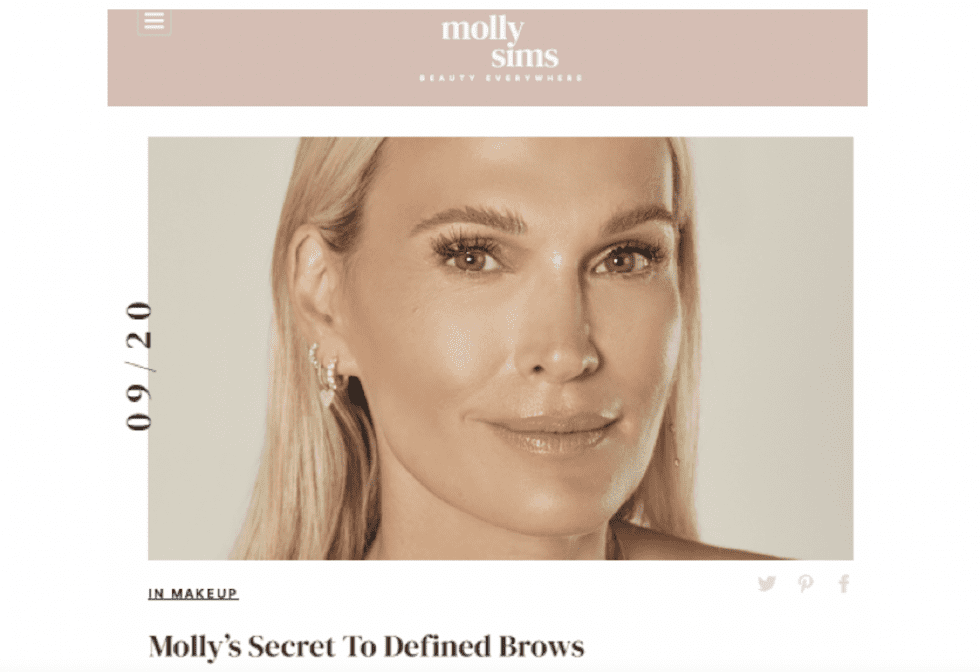
In the trademark infringement and dilution complaint that it filed in April, Petunia Products alleged that when R&F released a new “Brow Defining Boost” eyebrow gel product, it infringed Petunia’s “Brow Boost” trademark. To make matters worse, Petunia has argued that R&F enlisted Sims to endorse the “Brow Defining Boost” product, including by “blogging about and promoting the infringing [R&F] product” on her website. With such promotion in mind, Petunia named Sims in its complaint, asserting that like R&F, she is also on the hook for direct and contributory trademark infringement, as well as trademark dilution, unfair competition, and false advertising.
Sims sought to escape the suit by way of a motion to dismiss in July, arguing that “liability for trademark infringement should not cover third parties, like her, that author sponsored blogs about a product without confirming that the product does not violate trademark rights.” In the most striking part of his August 6 order, Judge Carney refused to dismiss Petunia’s direct trademark infringement and unfair competition claims, holding that Petunia did, in fact, establish that: (1) Sims “used [its] trademark in commerce,” and that (2) “her use was likely to confuse customers as to the source of the product.”




